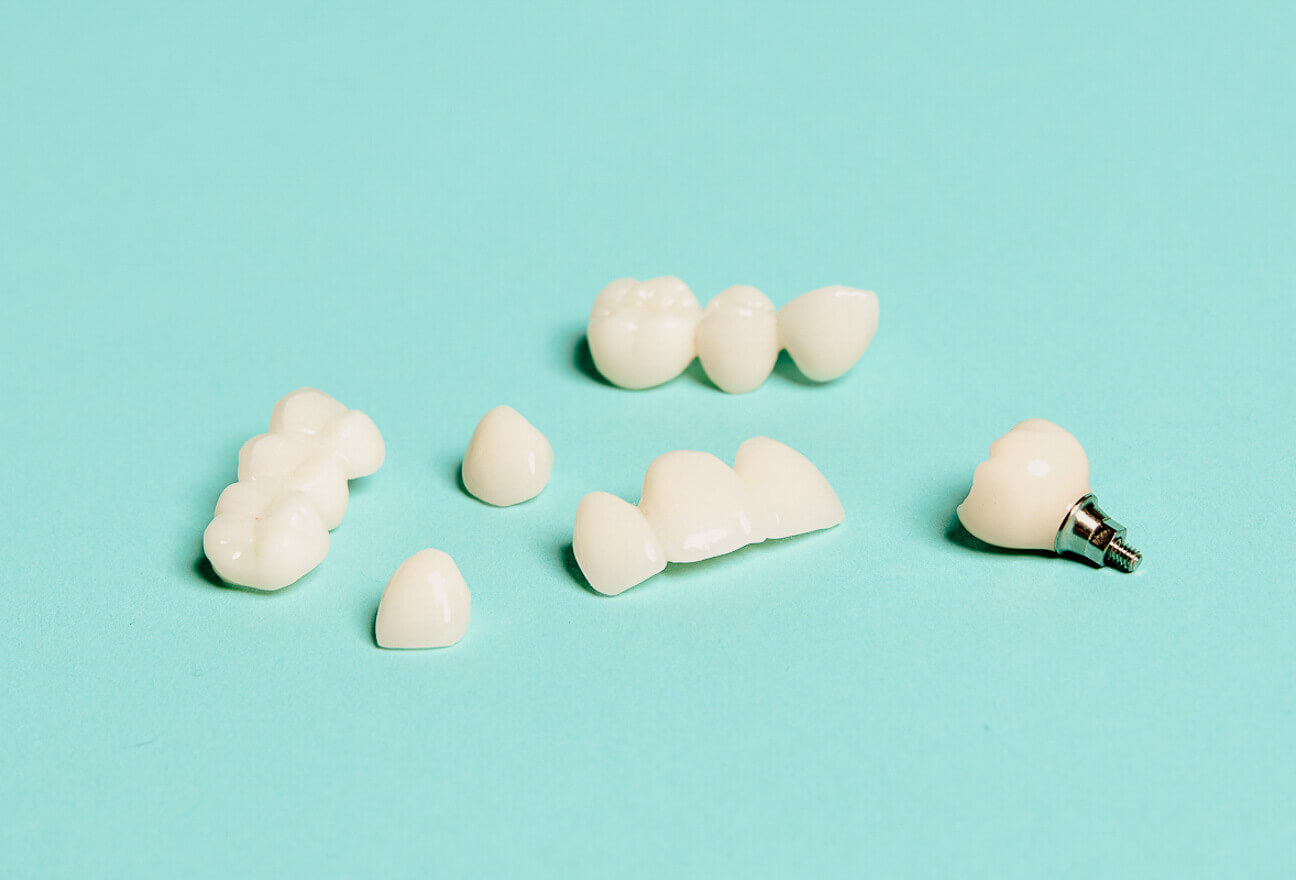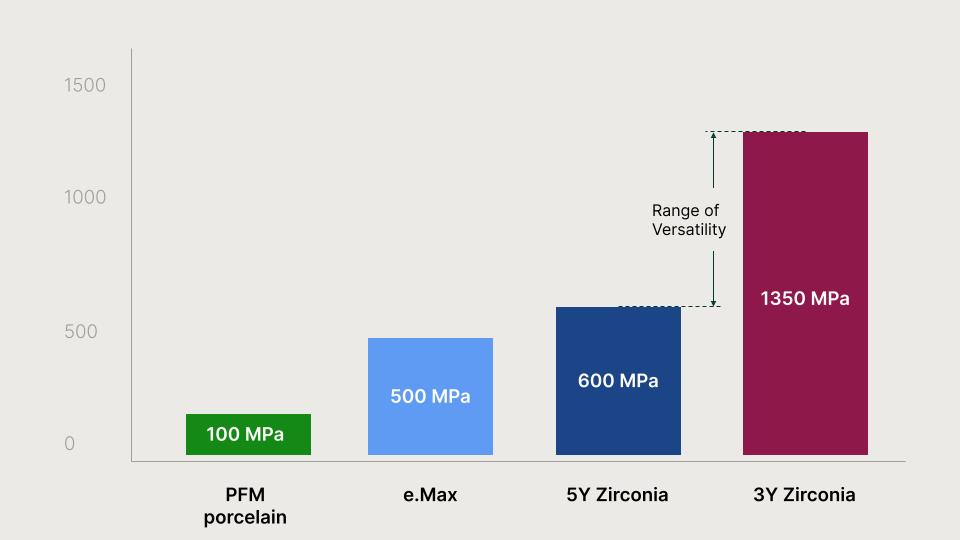Zirconia Dental Lab
Since they were first introduced, dental zirconia crowns have become an increasingly popular option among the patients who need them and the dentists who prescribe them. Dandy offers a variety of different dental zirconia crowns with various strengths, durability, and aesthetics. Learn more about Dandy’s zirconia offerings below.
Take some time to learn more about taking your practice digital with the nations first and only digital dental lab.
Explore all zirconia crowns
Ready to switch your zirconia dental lab to Dandy?
The history of zirconia dental crowns
Zirconia has risen to popularity in dentistry since the early 2000’s. What started as creating metal-free copings has turned into more dentists opting for zirconia over traditional porcelain-fused-to-metal or full gold crowns. As a zirconia dental lab, our zirconia crowns and bridges are renowned for their exceptional strength due to the unique properties of zirconia, a ceramic material known for its high resistance to fracture and wear, making it an ideal choice for dentists.

Zirconia material performance
When to prescribe zirconia crowns
What we appreciate about zirconia, as a zirconia dental lab, is its versatility in strength and aesthetics when compared to other dental crown materials such as PFM and eMax. Not only can you achieve comparable aesthetics for anterior teeth with zirconia as you can with eMax, zirconia crowns are more durable and less prone to breaking.

- eMax crowns
- Porcelain Fused To Metal (PFM) crowns
- Metal crowns
Zirconia dental crown FAQ
It is best practice to give approximately 0.5mm of space when prepping for posterior crowns. The proper occlusal reduction is between 1 and 1.5mm or 1.5 to 2mm. Using a shoulder or chamfer margin style, provide for a 0.5m reduction at the gingival margin.
For anterior zirconia dental crowns, you’ll need to leave at least 0.3 mm of space to accommodate the crown’s wall thickness. Additionally, you’ll need to account for an incisal reduction of either 1 to 1.5 mm or 1.8 to 2.0 mm. At the gingival margin, you’ll need a reduction of at least 0.5mm.
Double cord is the best option for retraction due to the increased accessibility and improved displacement of tissue. Pack two knitted cords (soaked in a hemostatic material and at different diameters) and leave the larger cord in place for at least five minutes before pulling and scanning for optimal results.
Digital scans benefit most from adequate tissue retraction when using zirconia crowns and in the event of a poor scan identified chairside, minimal effort is required to re-scan for optimal results.
Yes, polishing zirconia differs from polishing porcelain because the two materials have a different hardness scale. The polishing agents you use will have different abrasive materials in the polishing paste. You can use polishing paste for porcelain with zirconia but you’ll be working four times harder. To polish zirconia, do it under irrigation first and foremost, so that you can add micro fracturing to the restoration. There are a lot of polishing materials available on the market, some specifically made for specific materials so make sure to look for one made for the restorative material you’re using.
There aren’t many downsides of zirconia crowns. At times when there is not enough occlusal space, zirconia may not be the best option. In the past, it could be difficult to match zirconia crowns to the color of adjacent teeth and there could be potential damage to neighboring teeth – but with digital dentistry advancements like intraoral scanning and CAD/CAM design, shade matching workflows ensure the zirconia dental crowns are the perfect shade and digital dental designs place special emphasis on proper spacing and alignment of zirconia crowns. Learn more about zirconia crown advantages and disadvantages here!
Learn about preparing, pretreating, applying cement, cleaning the area, and curing here.
Ready to use Dandy as your zirconia dental lab?
Talk to our team about your practice getting started with Dandy. We’ll answer your questions and tell you about our digital dental services.
Take some time to learn more about taking your practice digital with the nations first and only digital dental lab.